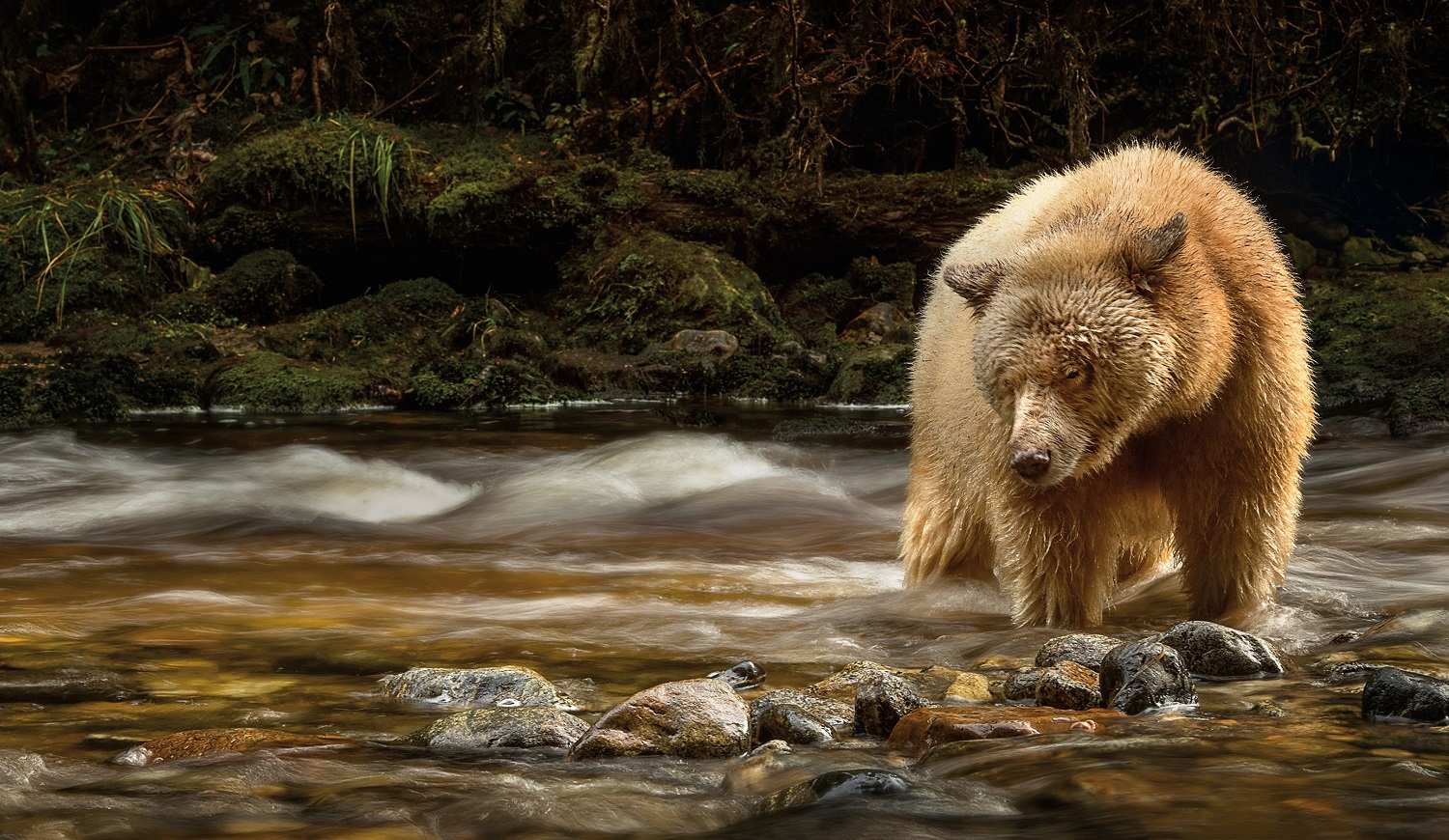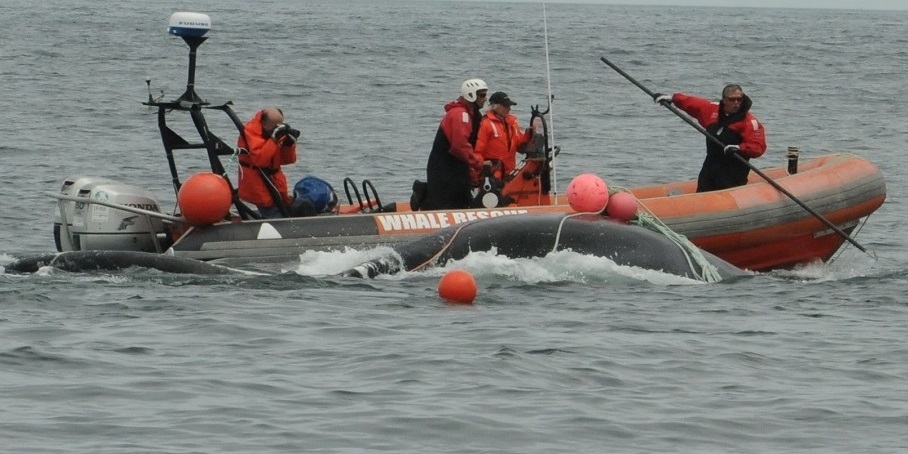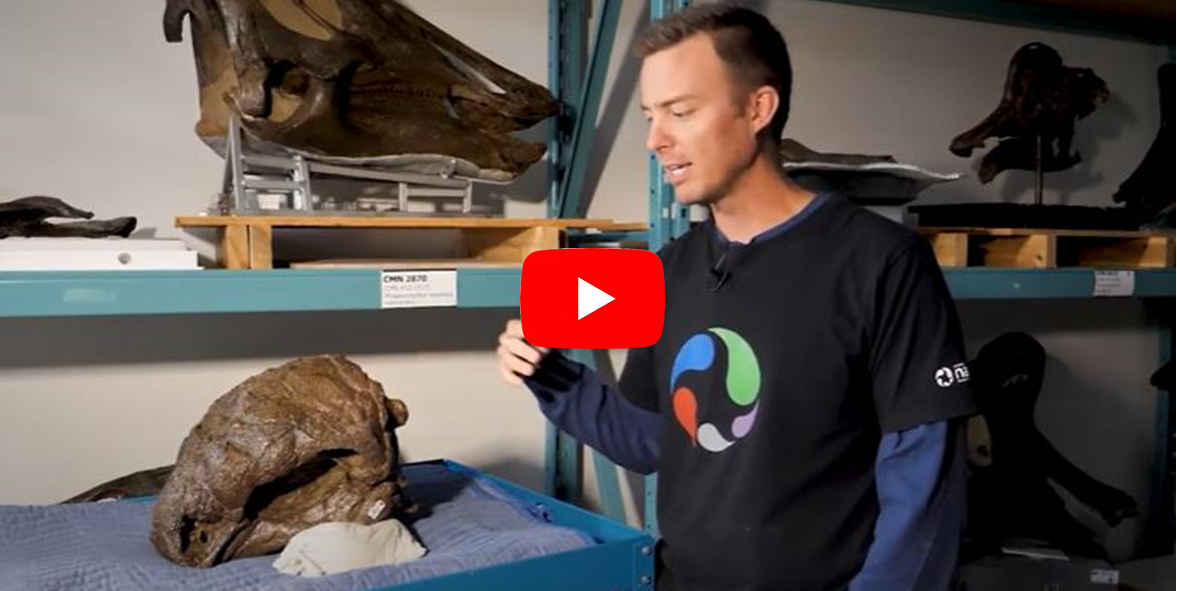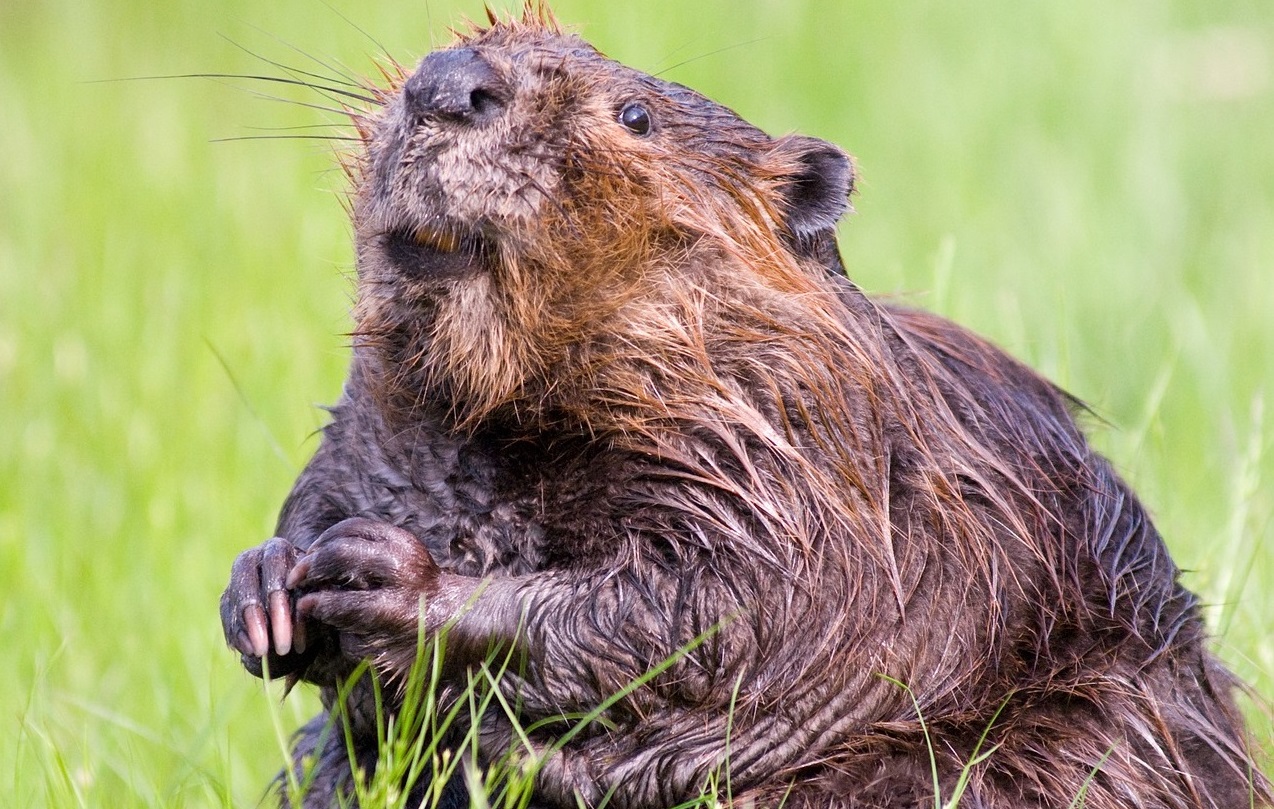
Wonderful wildlife
April brings warmer days along with wonder and joy as we see signs of budding life all around us. This month we celebrate National Wildlife Week, April 4 - 10, International Beaver Day on April 7, and Earth Day on April 22.
In accordance with recent Government of Ontario restrictions, the museum is temporarily closed until further notice.
We continue to post regular content on our social media channels. Follow us on Twitter, Facebook, Instagram and YouTube. Discover more on nature.ca.
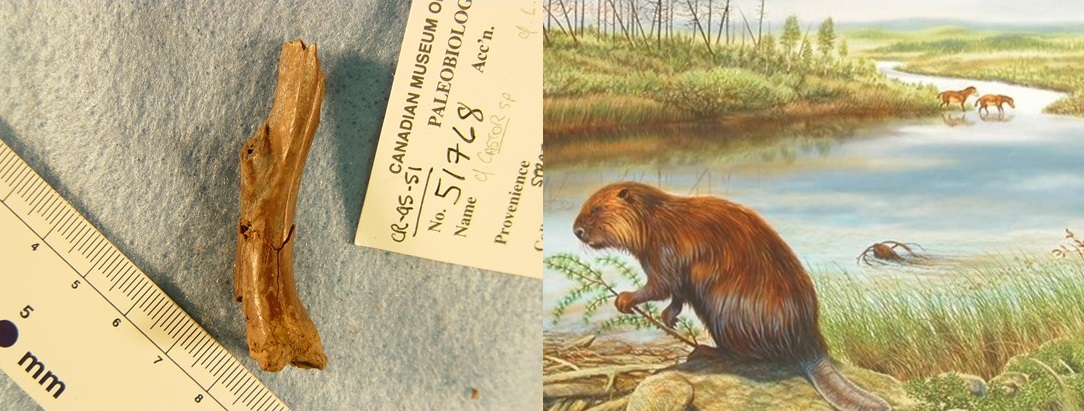
Science insights
Extinct beaver
The above fossil is a tibia from an extinct genus of beavers, Dipoides, that lived four million years ago in Canada’s High Arctic. Dipoides was approximately two-thirds the size of present-day North American beavers, Castor canadensis. Dipoides gnawed trees with rounded front teeth, not squared teeth like their modern relatives. A team of scientists studying ancient plants and bones from “Beaver Pond fossil site” on Ellesmere Island believe the woodcutting behaviour developed for harvesting food, not for building dams. Isotopic evidence used in their study suggests that tree predation has existed for more than 20 million years—enough time that might have allowed beavers to affect the evolution of certain trees species. (Detail of Dipoides artwork: George Teichmann)
Editor: Laura Sutin
Questions or comments can be sent to lsutin@nature.ca
Photos:
Header (beaver): pixaybay.com
Biodiversity crisis: Michelle Valberg © Michelle Valberg
Whale rescue: Ander Cabot Center for Ocean Life at the New England Aquarium

